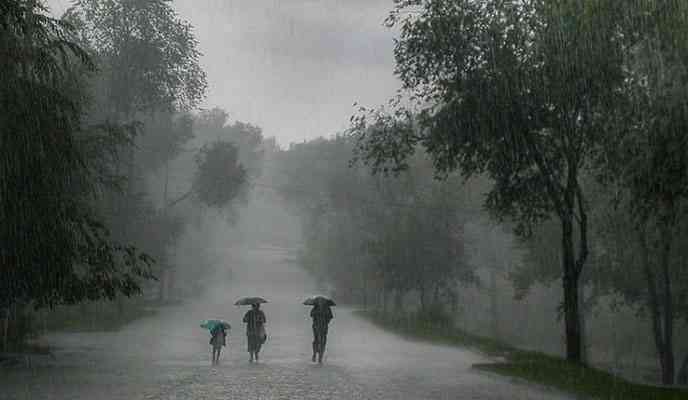
THE rainy season is upon us. Although the season brings joy and hope for farmers, it has its own challenges which tend to put the country’s disaster preparedness into question.
The just-ended storm, which swept across most parts of the country did not only expose weaknesses in urban centres’ drainage systems, but laid bare the susceptibility of most rural communities to climate change-related disasters.
Many families were left homeless while others had their grain storage facilities ripped apart as the storm wreaked havoc, mainly in disaster-prone areas.
As the rainy season approaches, it is critical that government activates its disaster management systems to avoid loss of infrastructure, property and human lives. And where possible, people settled in disaster-prone areas need to be relocated to safer ground.
Lines of communication should be kept open — always — so that information of looming disasters is quickly disseminated and shared with communities living in harm’s way.
Communities living in the country’s 13 known disaster-prone districts like Muzarabani, Tsholotsho and many others need to be kept abreast of any changes in weather patterns to better manage the impact of such natural disasters.
Disaster management has many facets, which include early warning systems which consist mainly of weather forecasts and public awareness campaigns, relief and rehabilitation among others.
While natural disasters in the past years were fewer and predictable, nowadays it is no longer the case as unfolding events have become complex, volatile, unpredictable, vicious and destructive.
- Mavhunga puts DeMbare into Chibuku quarterfinals
- Bulls to charge into Zimbabwe gold stocks
- Ndiraya concerned as goals dry up
- Letters: How solar power is transforming African farms
Keep Reading
Collaborative efforts are, therefore, of importance as communities require sufficient knowledge and information to better manage their situation.
The emergency sector needs to be well-resourced and capacitated in order to respond on time to save lives and property.
The effects of climate change require relevant government departments and authorities to always foreground planning in order to minimise humanitarian crises.
In this regard, early warnings, information sharing and dissemination before, during and after disasters need to be accelerated so that communities stay knowledgeable and tuned in.
In the wake of the digital age, social media can also be a vital tool apart from radio, newspapers and television for disaster updates, education and awareness.
It is, therefore, critical for Zimbabwe to invest more resources, political will and efforts into planning for resilience building and preparedness.






